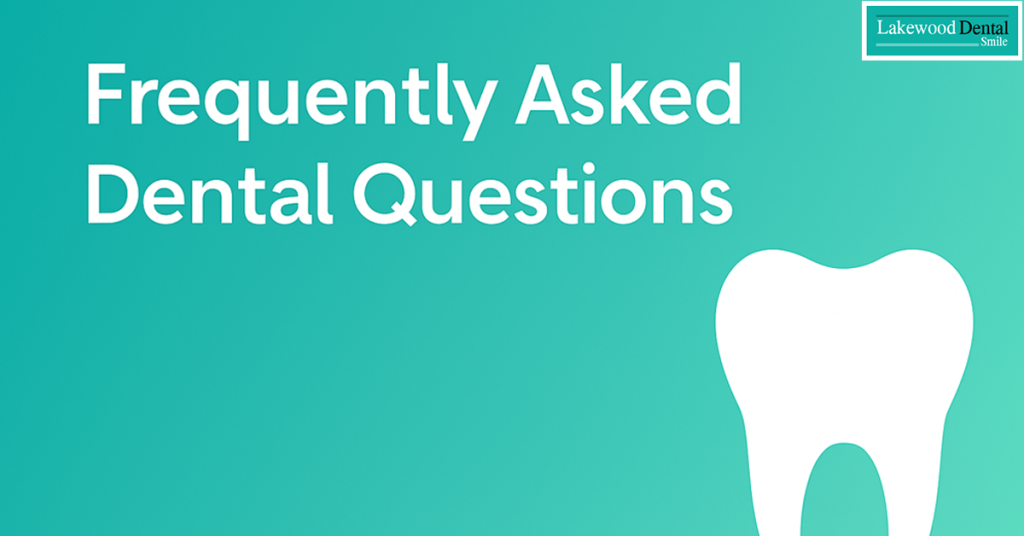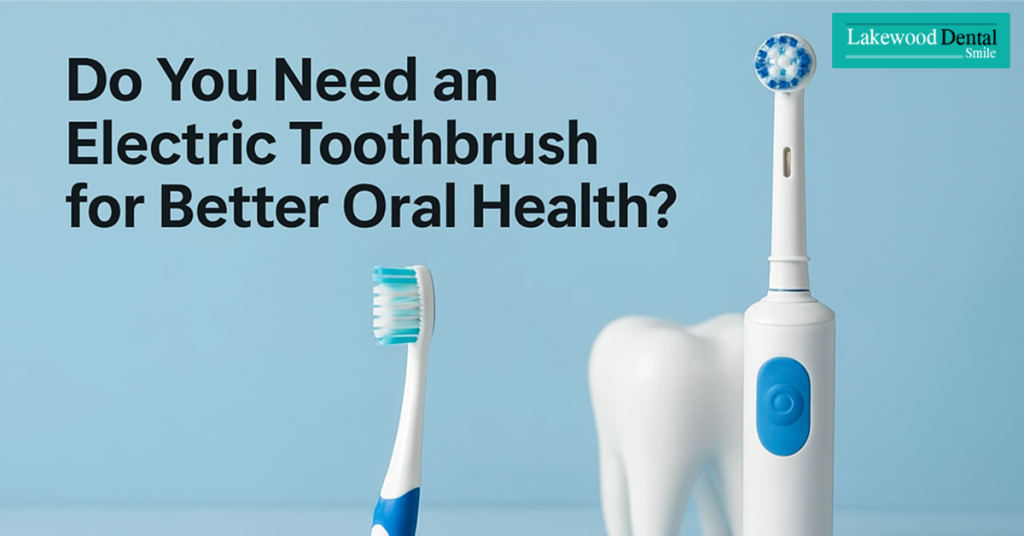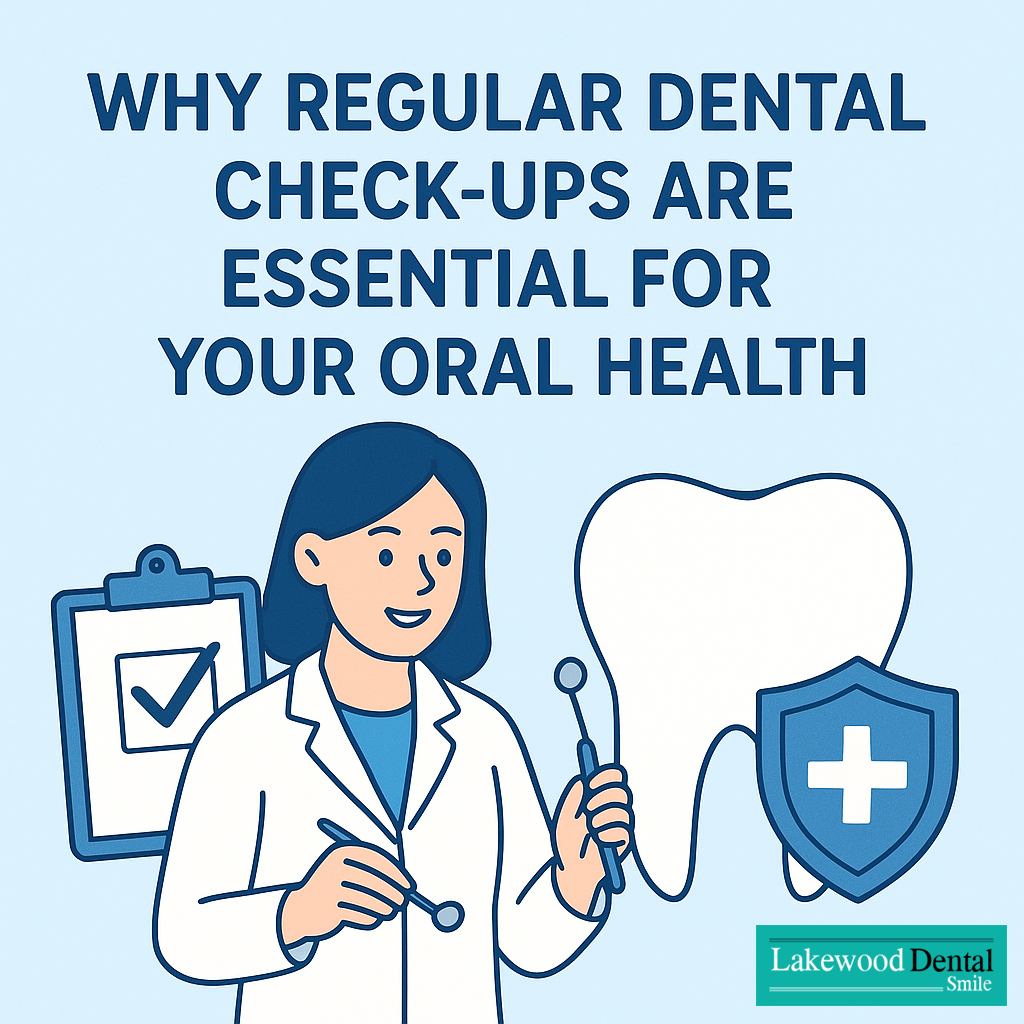Dental visits can be intimidating for many children, especially when they fear pain or unfamiliar dental instruments. However, maintaining oral health at an early age is essential for lifelong healthy smiles. This is where sedation dentistry for children plays an important role. Understanding what it is, how it works, and when it’s needed can help parents feel more comfortable and confident about their child’s dental care. Let’s explore the different types of sedation, their uses, and safety considerations for kids.

What Is Sedation Dentistry for Children?
Sedation dentistry for children involves using controlled medication to help a child relax during dental procedures. It doesn’t always mean putting the child fully to sleep; the goal is to make the experience comfortable, safe, and stress-free. Depending on the treatment type and your child’s anxiety level, the dentist will choose the appropriate level of sedation.
Types of Sedation Used in Pediatric Dentistry
There are several levels of sedation that dentists may use based on your child’s age, temperament, and the complexity of the procedure:
1️⃣ Nitrous Oxide (Laughing Gas)
The mildest form of sedation, nitrous oxide helps your child relax without putting them to sleep. It wears off quickly and has minimal side effects.
2️⃣ Oral Sedation
This involves giving the child an oral medication to reduce anxiety. The child remains awake and responsive but calm throughout the treatment.
3️⃣ Moderate Sedation
Given through oral or intravenous (IV) routes, this sedation makes children drowsy. They may slur their words or doze off lightly during the procedure.
4️⃣ Deep Sedation
Administered via IV, this form puts the child into a deeper sleep. Though not fully unconscious, they may respond only to touch or sound. It’s used for longer or more complex treatments under strict monitoring by trained anesthesia professionals.
Sometimes the sedation can result in side effects such as nausea, imbalance and sometimes vomiting. These effects usually fade by themselves. Sedation of children for dental procedures is a common and safe practice. It may be worrying when your dentist first suggests it, but it is important not to increase your child’s anxiety so that they can maintain excellent dental care throughout their lives.
When Is Sedation Dentistry Needed?
Not all dental visits require sedation. However, dentists may recommend sedation dentistry for children in the following cases:
- The child experiences extreme fear or anxiety about dental procedures.
- The dental treatment is lengthy or involves multiple steps.
- The child has special healthcare needs that make it difficult to stay still.
- The procedure may cause discomfort, such as tooth extractions or root canal therapy on baby teeth.
Mild sedation like nitrous oxide is often sufficient, but higher levels may be necessary when children have severe dental phobia or need complex treatments.
Safety, Concerns, and Monitoring
Sedation in pediatric dentistry is a safe and common practice when performed by trained professionals. At Lakewood Dental Smile, every sedation procedure is supervised by qualified dental and anesthesia experts. The child’s heart rate, oxygen levels, and breathing are continuously monitored throughout the treatment.
Possible short-term side effects may include:
- Mild nausea or dizziness
- Grogginess or imbalance after the procedure
- Rarely, temporary vomiting
These effects usually fade within a few hours. Parents are advised to let the child rest, avoid solid foods immediately, and follow the dentist’s post-sedation care instructions carefully.
💡 Pro Tip: Discuss your child’s medical history and allergies with the dentist beforehand to ensure safe sedation planning.
How Parents Can Prepare Their Child for Sedation
Preparation helps reduce anxiety for both parent and child.
Here are simple steps to make the process smoother:
- Talk positively about the dental visit — avoid using words like “pain” or “injection.”
- Bring a favorite toy or blanket for comfort.
- Follow all fasting instructions if deep sedation is planned.
- Stay calm — your reassurance can greatly influence your child’s comfort.
Benefits of Sedation Dentistry for Children
Sedation dentistry for children offers multiple advantages that go beyond comfort:
- Reduced anxiety and fear of dental visits
- Pain-free experience during treatment
- Improved cooperation in anxious or special-needs children
- Faster treatment completion due to better relaxation
- Positive dental attitude for future visits
Children who feel relaxed during their appointments are more likely to maintain regular dental care habits as they grow.
Final Thoughts & Soft CTA
Dental anxiety is common among children, but modern sedation dentistry for children has made dental care safer and more comfortable than ever before. By understanding the sedation options, you can ensure your child receives the best care without fear or stress. Always discuss your concerns openly with your dentist to make the right choice for your child’s needs.
For gentle, expert, and trusted pediatric dental care, visit Lakewood Dental Smile — where your child’s comfort and smile come first.




